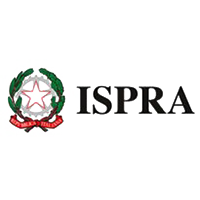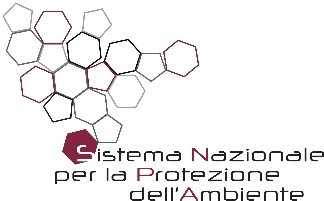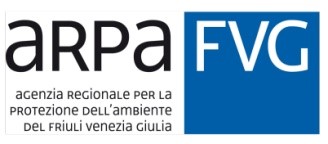
Source: pixabay.com
204,267 inhabitants
|
surface area: 85 km2
|
The municipality of Trieste is the county seat and seaport of the autonomous region Friuli-Venezia Giulia, situated in northeastern Italy.
Climate: Mediterranean climate along the coast, the continental climate in the higher laying surroundings (200-500 meters above sea level)
Which pressures?
 Urban Growth Urban Growth
|
Why?
Environmental pressures targeted by SMURBS
 Urban Growth: Trieste, like other densely populated and built-up areas, is prone to heat islands, meaning urban areas that are hotter during both daytime and nighttime than their rural surroundings. Heat islands are closely linked to low air quality because emissions from traffic, housing, and industry are trapped by buildings and depend strongly on urban morphology and landscape. Therefore, smart urban planning and design plays an important role in its formation and offers great potential for reducing heat islands. Heat islands have a major impact on micro-climate and can affect communities by increasing summertime peak energy demand, air conditioning costs, air pollution, and greenhouse gas emissions, heat-related illness and mortality, and water pollution. Urban Growth: Trieste, like other densely populated and built-up areas, is prone to heat islands, meaning urban areas that are hotter during both daytime and nighttime than their rural surroundings. Heat islands are closely linked to low air quality because emissions from traffic, housing, and industry are trapped by buildings and depend strongly on urban morphology and landscape. Therefore, smart urban planning and design plays an important role in its formation and offers great potential for reducing heat islands. Heat islands have a major impact on micro-climate and can affect communities by increasing summertime peak energy demand, air conditioning costs, air pollution, and greenhouse gas emissions, heat-related illness and mortality, and water pollution.
|
How?
The implementation of smart urban solutions
 Urban Growth: Within SMURBS, annual land consumption changes for Trieste were calculated by Very High Resolution (VHR) products (5m) based on GIS mapping of photo interpretations of the annual land cover. This product allows for advanced land consumption monitoring to record the pattern of urban growth and, thus, support the implementation of urban development strategies and the reduction of urban heat island effects. Also, these intuitive maps allow citizen involvement, which is important for urban regeneration projects. Further, land consumption information supports the 2 indicators of the Sustainable Development Goal (SDG) 11.3.1“Ratio of land consumption rate to population growth rate” and “per capita land consumption”. Last, several urban growth processes are monitored through city-scale metrics and indicators referring to urban growth, density and sprawl, green areas, soil sealing, and historical trends. This product helps urban planners and architects to promote mitigation measures, such as brownfield development and infill to make cities more compact, and therefore, release less heat energy to the surrounding air and reduce the consumption of green urban areas, and agricultural or natural land. Urban Growth: Within SMURBS, annual land consumption changes for Trieste were calculated by Very High Resolution (VHR) products (5m) based on GIS mapping of photo interpretations of the annual land cover. This product allows for advanced land consumption monitoring to record the pattern of urban growth and, thus, support the implementation of urban development strategies and the reduction of urban heat island effects. Also, these intuitive maps allow citizen involvement, which is important for urban regeneration projects. Further, land consumption information supports the 2 indicators of the Sustainable Development Goal (SDG) 11.3.1“Ratio of land consumption rate to population growth rate” and “per capita land consumption”. Last, several urban growth processes are monitored through city-scale metrics and indicators referring to urban growth, density and sprawl, green areas, soil sealing, and historical trends. This product helps urban planners and architects to promote mitigation measures, such as brownfield development and infill to make cities more compact, and therefore, release less heat energy to the surrounding air and reduce the consumption of green urban areas, and agricultural or natural land.
|





